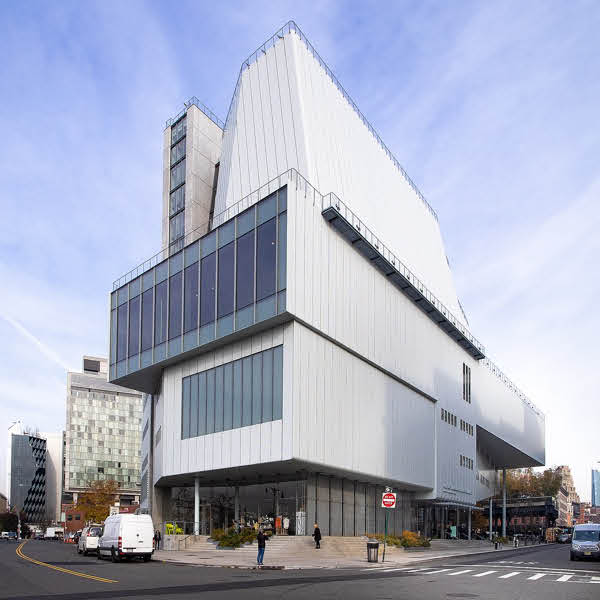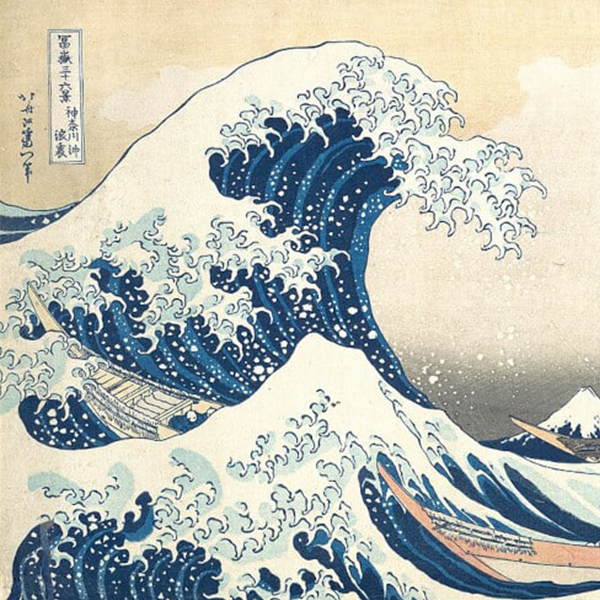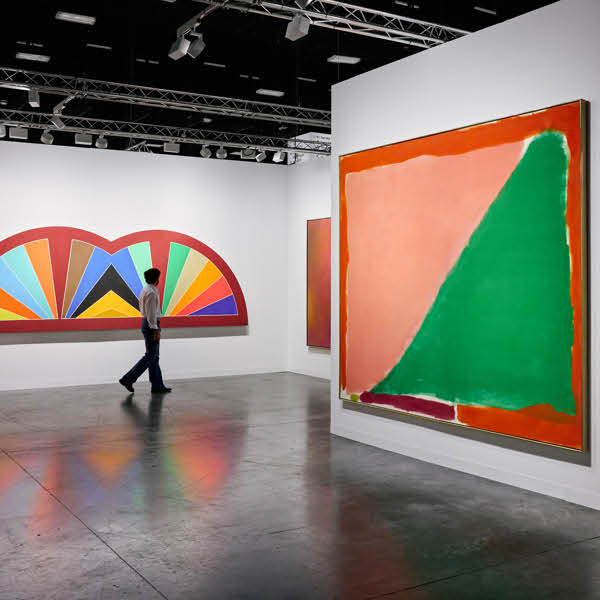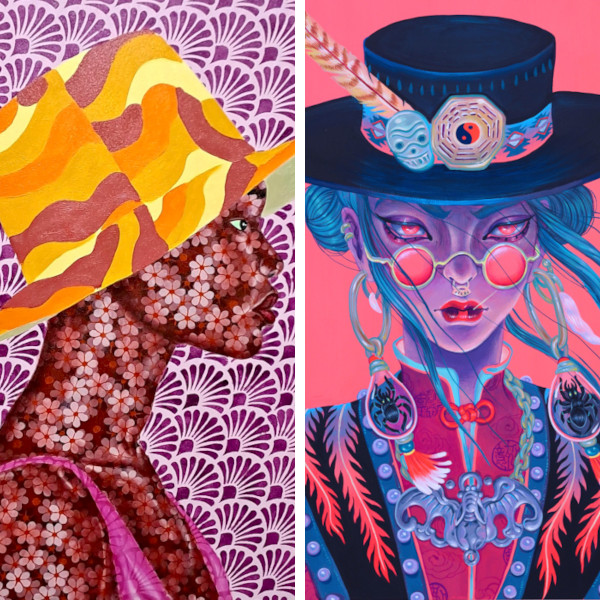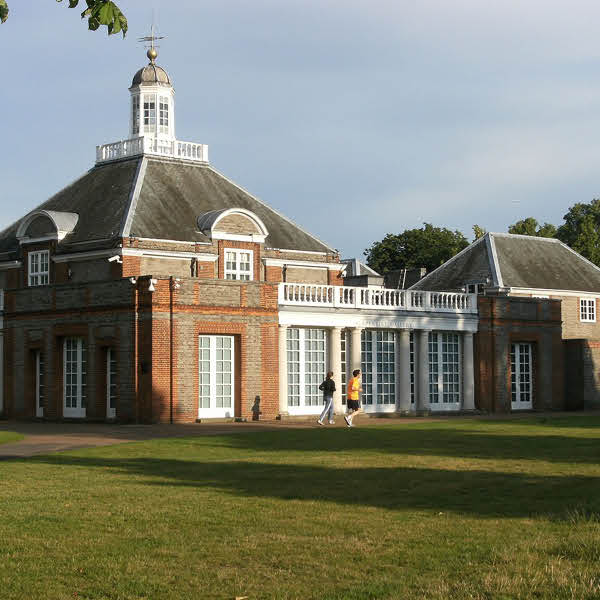Aesthetic Characteristics
Just like fin de siècle fine art and architecture, prints and posters rendered in the Art Nouvea style feature aesthetic elements characteristic of the movement. These include a preference for curved lines, balanced asymmetry, patterns and embellishment inspired by the decorative arts, and subject matter inspired by nature.
Sinuous Lines
As a key aspect of Art Nouveau, sinuous lines and swirling forms are evident in many contemporaneous lithographs.
As many prints (particularly those by Alphonse Mucha) produced during the period feature beautiful women as their subjects, artists often utilized the soft contours of the feminine form as a means to incorporate these curves, which can be found in the figures' flowing, fashionable hair, elegantly moving bodies, and draped clothing.
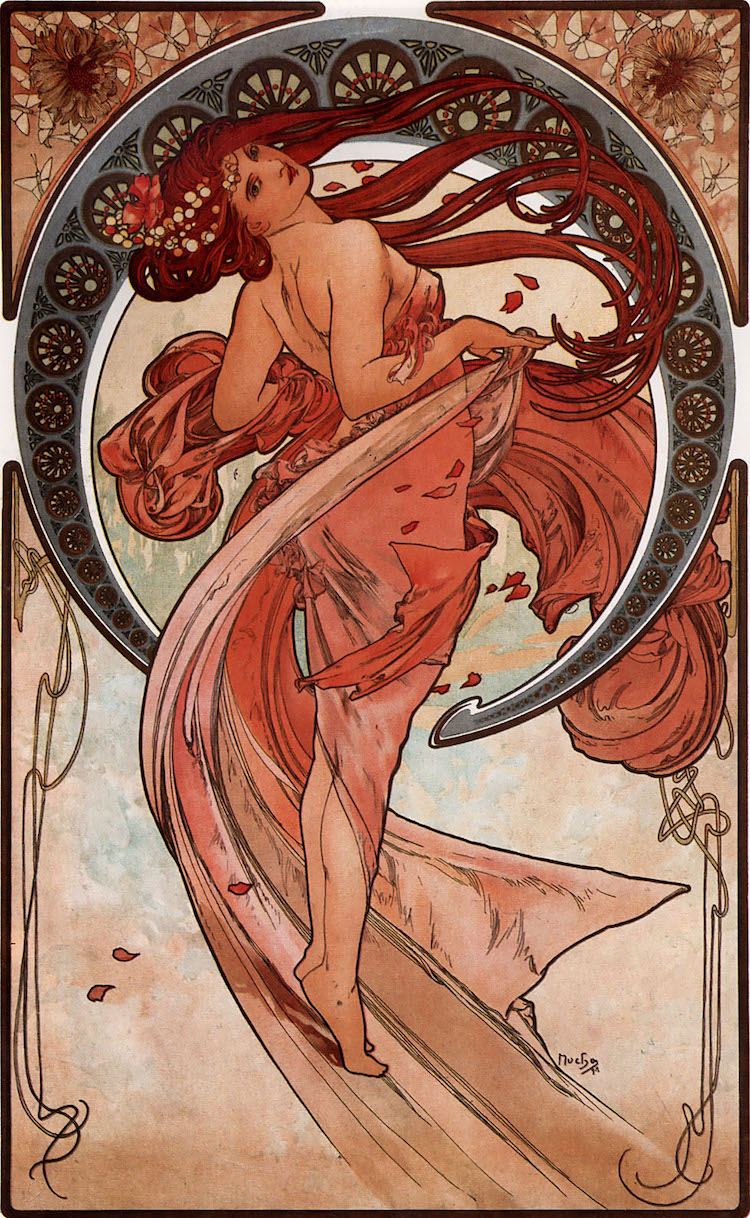
‘Dance' by Alphonse Mucha (1898)
Photo: Alphonse Mucha [Public domain], via Wikimedia Commons{{PD-1923}}
Asymmetry
To emphasize the dynamism of these curved lines, lithographic artists frequently opted to render them asymmetrically. Often, these twisting contours accentuate the asymmetry of the composition—another prevalent characteristic found in prints of the period.
In both cases, it is likely inspired by the balanced-yet-imperfect aesthetic often found in natural elements, like a tree's branches, a dragonfly's wings, or a cresting wave.

Poster by Leonardo Bistolfi (1902)
Photo: Leonardo Bistolfi [Public domain], via Wikimedia Commons
Ornamentation
Inspired by the decorative arts—namely, textiles and wallpaper—Art Nouveau posters frequently feature an eclectic mix of busy patterns and rich embellishments.
Much like the printmakers' employment of asymmetry, this aesthetic technique is inspired by nature, as evident in the repetition of the designs, the fluidity of their forms, and the motifs themselves, which often resemble everything from leaves and flowers to scales and seashells.

‘La Libre Esthétique salon annuel' exhibition poster (1898)
Photo: Gisbert Combaz (1869-1941) [Public domain], via Wikimedia Commons{{PD-1923}}
Organic Motifs
Ultimately, this interest in natural themes transcends the lines, composition, and decorative details of Art Nouveau works, as many artists even opted to showcase organic motifs as their main muses.
Though particularly prevalent in architecture, this focus on nature is also evident in the movement's prints and posters, which frequently feature stylized animals, plants, and feathers as the subject.
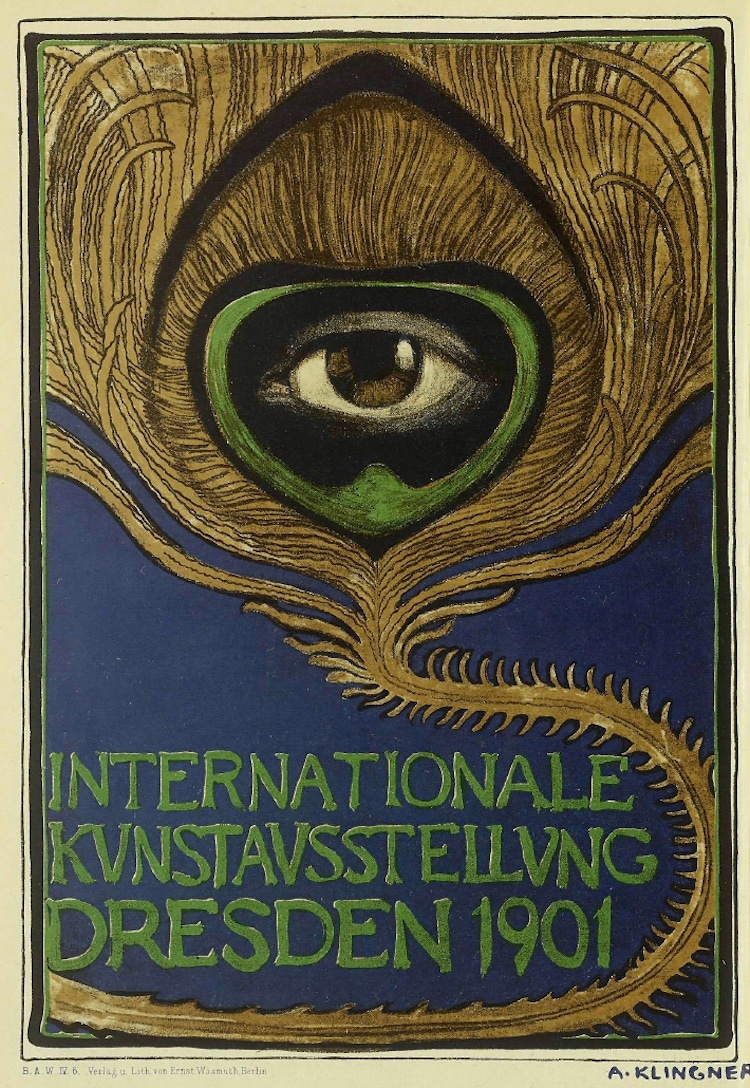
Internationale Kunstausstellung Dresden poster by Albert Klingner (1901)
Photo: Albert Klingner (1869-1912) [Public domain], via Wikimedia Commons
Related Articles:
Exploring the Vision and Diverse Styles of Post-Impressionism Pioneers
Cats in Art: How Our Feline Friends Have Inspired Artists for Centuries














































































